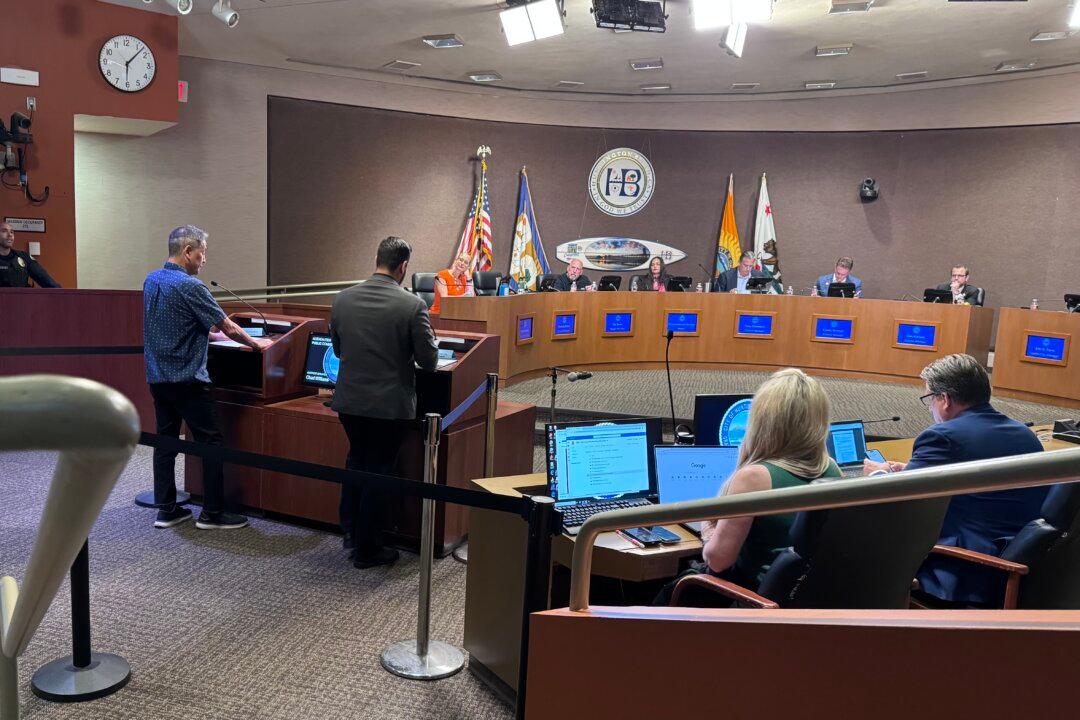Elementary school children in California are still struggling to meet literacy standards in the wake of the COVID-19 pandemic, although a recent study shows districts that implement literacy programs boosted their students’ reading and writing scores regardless of demographics and resources.
A recent study by the literacy advocacy group California Reading Coalition found that in 2022, only about one-fourth of low-income Latino third graders met grade-level standards in reading and writing and that their scores fell, on average, by 8 percentage points over the past three years.





